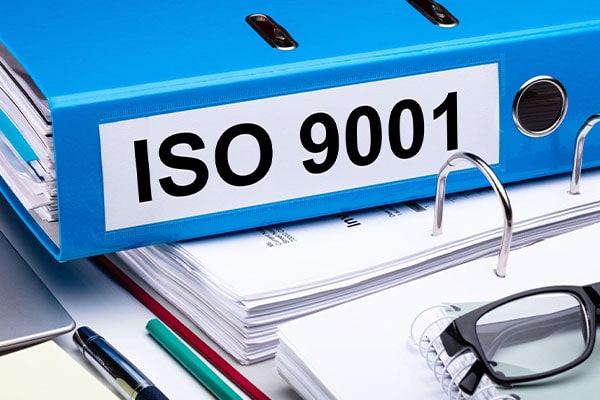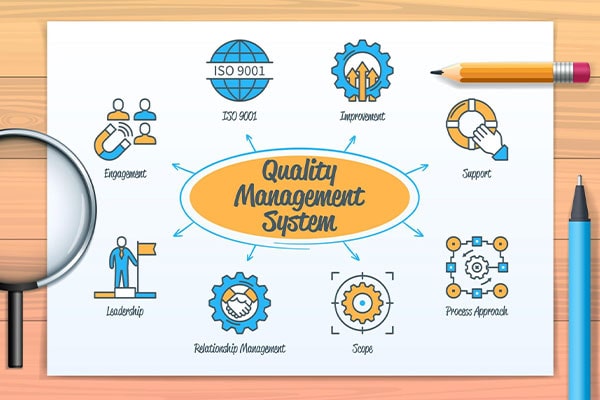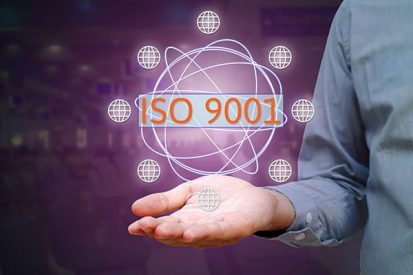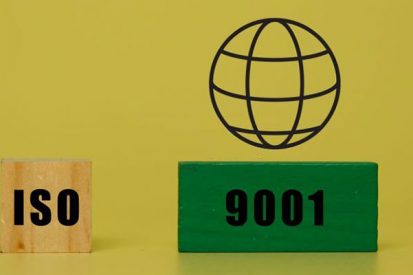You may have seen the ISO logo plastered across your favourite brands as a consumer or business owner. However, have you ever wondered what the ISO 9001 standard is? This article will answer your query by providing a history and a brief of ISO 9001.
What is ISO 9001?
ISO 9001 is a set of principles that creates a culture of quality in an organisation. This standard is one of the most popular standards across the globe, as it imposes benefits such as better employee productivity, consistency in quality, business growth, increased cost savings, massive reduction in waste, better allocation of resources and strong brand credibility. you can learn more about iso 9001 process in iso 9001 certification australia page.
History of ISO 9001
During World War II, there was an increased demand for better safety standards in factories developing explosive devices. This led to the birth and creation of the International Organization for Standardization (ISO). The ISO developed BS 5750, a series of standards introduced in 1979, enforcing that businesses comply with strict production procedures.
The ISO 9001 standard was built on these original guidelines and was formally introduced in 1987, as more and more companies were becoming increasingly frustrated with the confusing guidelines outlined in BS 5750. Moreover, another infuriating problem was that the guidelines were specifically modified to suit the needs of manufacturing businesses, implying that they were a poor fit for other types of companies.
The ISO 9001 standard was created to address these issues and offer a framework that applied to all organisations, irrespective of their size or scope.
This universal framework was made so that all businesses and industries could adhere to it and solve their quality-related issues. The ISO 9001 standard was developed to be both product and industry-friendly, suiting the needs of the ever-changing business world and providing a space for modifications.
The first revision came in 1994 when ISO shifted its focus to Quality Management Systems (QMS) that could monitor and check the quality of products at every stage of creation. This was a drastic shift from the earlier version that checked the quality at the finished stage. If you want to get more information about quality management system, read the article What is a quality management system on our blog.
This changed to focus on quality assurance using anticipatory actions instead of relying heavily on corrective actions enhanced the quality culture of organisations. In essence, ISO 9001 moved from a “curing,” to a “preventing” state.
In 2000, the standard was again revised, and the purpose this time was to simplify the documentation and the processes.
The aim was to reduce the burden of quality control procedures on the organisations, mainly if they needed to produce new products. The secondary aim of the revision was to increase the involvement of the upper management so that quality control could be evenly integrated throughout the business. The final goal was to increase the effectiveness of the QMS by utilising process performance metrics.
In 2008, minor changes were made to ISO 9001 compared to the previous revisions. Clearer clarifications were provided to the existing standard to enhance consistency with other ISO standards. The aim was to help organisations by making it easier to introduce other ISO standards without adding new requirements.
The most recent revision to ISO 9001 occurred in 2015, after which the creators decided that the QMS model should be modified to be relevant for the next 25 years. As a result of this vision, the creators made updates to the quality management principles.
Hence, the change was focused on something other than the standard’s scope but on the core terms to enhance greater integration with other international management systems. The standard became less prescriptive than its previous versions, focusing more on performance than reaction.
ISO 9001 and quality management
ISO 9001 encourages a process-oriented management strategy in organisations. By following the suggestions of the standard, a company can ensure that they offer high-quality products and services. At the centre of ISO 9001 are seven fundamental principles of quality management. ISO 9001 evaluates the organisations’ objectives to meet customer requirements and exceeds customer expectations, thereby integrating the principle of customer focus.
It enhances leadership by asking leaders at all levels to be aligned to drive a quality mind and culture across the organisation. It focuses on the involvement of people by asking leaders to recognise their achievements, help them with their personal and professional development and constantly communicate with them. The standard focuses on a process approach by linking together processes, so that input and output can become more productive.
The constant evaluation recommended in the standard leads to continual improvement. The standard urges management to utilise accurate, reliable and secure data to drive data-driven decision-making. The last quality management principle is relationship management, and the standard urges companies to establish relationships with relevant partners to ensure continuity across the supply chain. If you want to know the process of obtaining ISO 9001, start from the ISO preparation page. We have reviewed and explained in detail all the steps of obtaining the ISO 9001 certificate.
Conclusion
The ISO 9001 standard was built on these original guidelines of BS 5750 and was formally introduced in 1987. The ISO 9001 standard has undergone several updates, with the last update in 2015. The seven quality management principles include customer focus, leadership, involvement of people, process approach, continual improvement, factual approach to decision making and relationship management. If you are looking for ISO 9001 certification, just contact ISO 9001 certification consultants Sydney. The number 0061280056444 is your communication bridge with us.















Users Comments
Get a
Quote